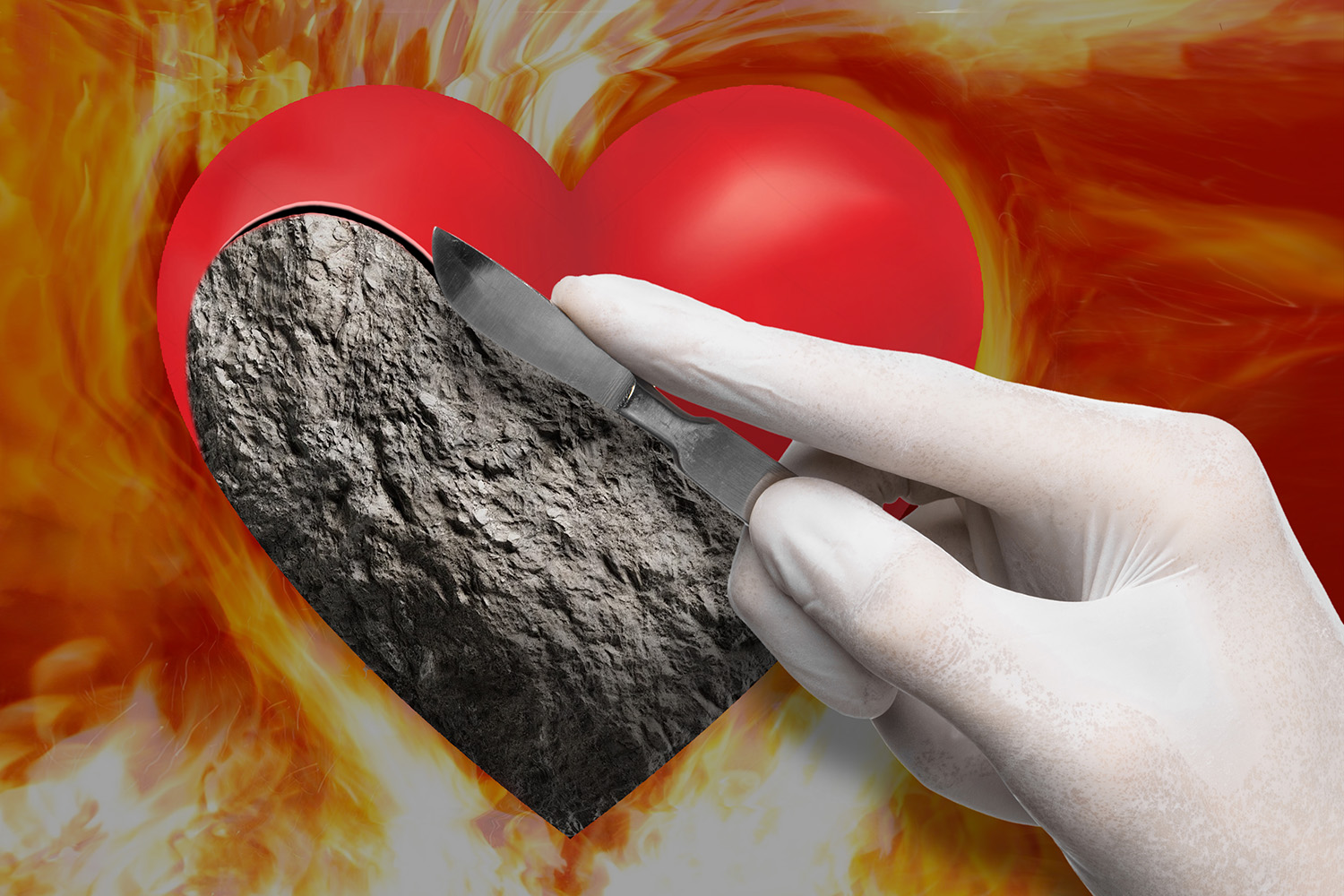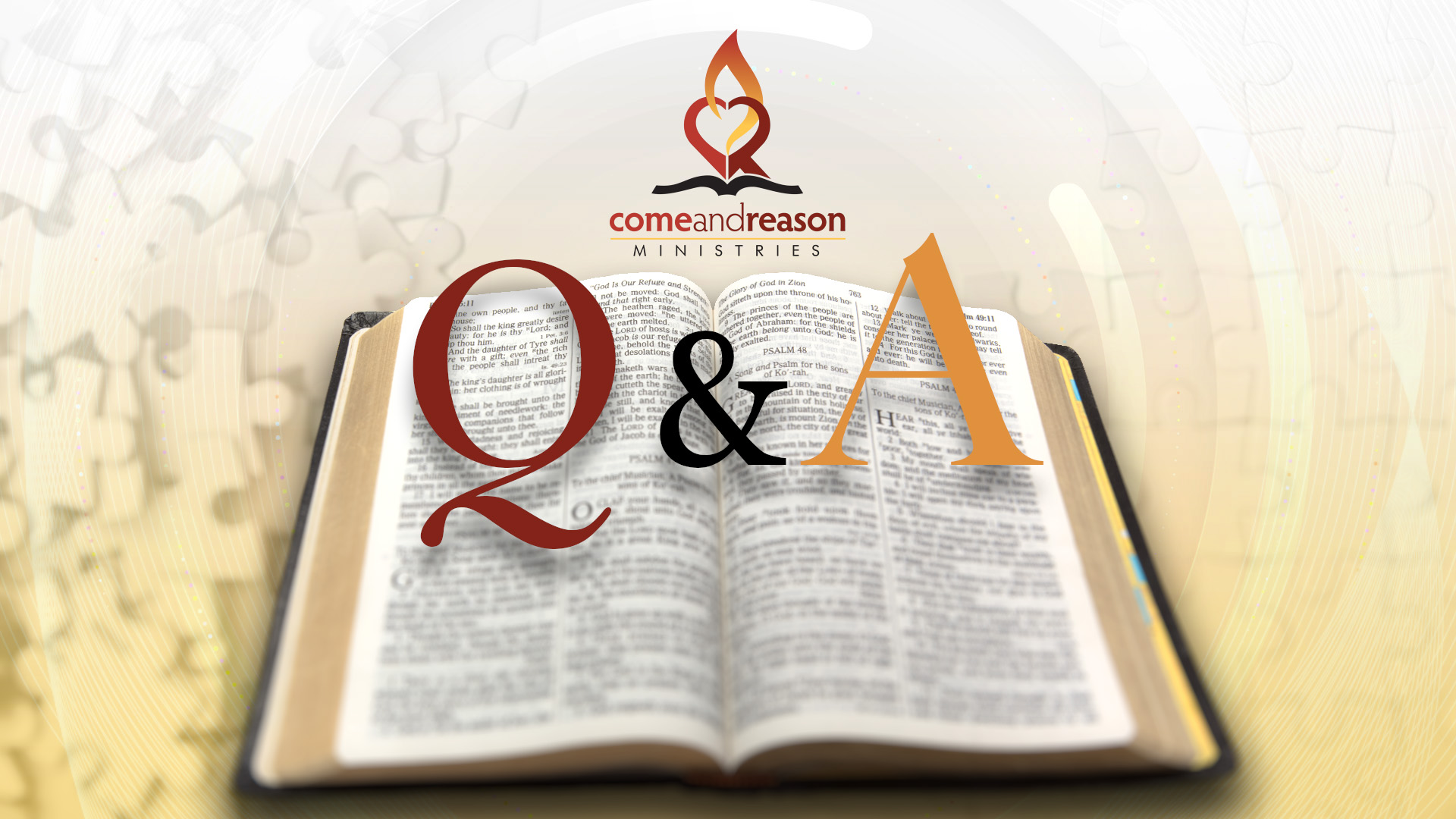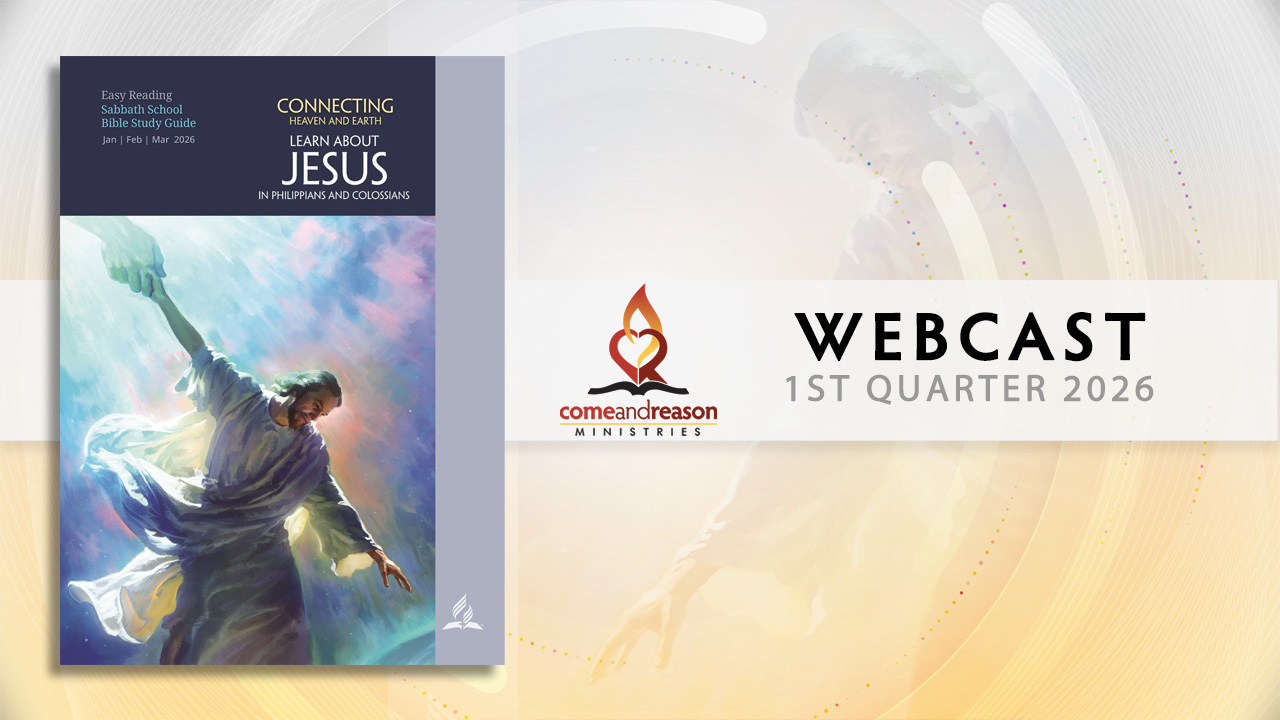Recently, a listener asked me about the red heifer sacrifice—what is its significance? We find the instructions for this ceremony in Numbers chapter 19:
The LORD said to Moses and Aaron: “This is a requirement of the law that the LORD has commanded: Tell the Israelites to bring you a red heifer without defect or blemish and that has never been under a yoke. Give it to Eleazar the priest; it is to be taken outside the camp and slaughtered in his presence. Then Eleazar the priest is to take some of its blood on his finger and sprinkle it seven times toward the front of the Tent of Meeting. While he watches, the heifer is to be burned—its hide, flesh, blood and offal. The priest is to take some cedar wood, hyssop and scarlet wool and throw them onto the burning heifer. After that, the priest must wash his clothes and bathe himself with water. He may then come into the camp, but he will be ceremonially unclean till evening. The man who burns it must also wash his clothes and bathe with water, and he too will be unclean till evening. A man who is clean shall gather up the ashes of the heifer and put them in a ceremonially clean place outside the camp. They shall be kept by the Israelite community for use in the water of cleansing; it is for purification from sin. The man who gathers up the ashes of the heifer must also wash his clothes, and he too will be unclean till evening. This will be a lasting ordinance both for the Israelites and for the aliens living among them” (vv. 1–10 NIV84).
We must first recognize that this ceremony is symbolism, theater—an acted-out object lesson—to teach reality. The requirement of this ceremonial law was to teach us the reality of design law, but the true lesson is learned only when one decodes the symbols.
Symbols are used to teach. When you see the word “tree,” you are not actually seeing a tree; you are seeing a symbolic representation of a tree. The letters in this blog are symbols put together into words that represent concepts, ideas, and objective realities, but the words are not the reality. So, too, the symbols of the sanctuary system are designed to teach reality. There is nothing magical going on; nothing in the ceremony had any power to save sinners or cleanse them from sin—any more than reading the word “justification” or “atonement” has any power to save. The entire ceremonial system was simply representative and designed to teach reality. As the writer of Hebrews wrote:
The gifts and sacrifices being offered were not able to clear the conscience of the worshiper. They are only a matter of food and drink and various ceremonial washings—external regulations applying until the time of the new order. … But those sacrifices are an annual reminder of sins, because it is impossible for the blood of bulls and goats to take away sins (9:9, 10–10:3, 4 NIV84, emphasis mine).
Why did God use ceremonial symbols at that time? Because the people had just come out of slavery, and it is doubtful that the majority of them were as well educated as Moses was. It is likely that most didn’t know how to read and write. (The schools of the prophets had not been established yet.) And even for those who did, Moses hadn’t yet written the first five books of the Bible, and even when He did write them, they didn’t have mass media; they didn’t have printing presses; so it would have been difficult for them to get a copy of the Bible and study it in their homes. But they could all watch and participate in ceremonies and rituals designed to teach eternal truths.
If we want to understand the message God sent through these ceremonies, then all we need to do is accurately decode the symbols of that ceremonial language.
Decoding the Symbols
- The red heifer, as the sacrificial animal, represents Jesus. Red represents sin (Isaiah 1:18). Thus, the overall ceremony is symbolic of Jesus becoming sin for us, even though He knew no sin, so that we can become the righteousness of God (2 Corinthians 5:21).
- The heifer had to be without defect or blemish as Jesus was without sin or defect.
- The heifer had to have never been under a yoke as Jesus was never controlled by sinful man, and Jesus was not obligated to sacrifice Himself, but gave His life freely.
- Eleazer represents the priesthood of believers (Aaron was still the high priest at this time) who go into the world to minister the gospel, to do the work of God, but in that work come into contact with evil. Thus, Eleazer needed to wash before returning to the camp. In the same way, when we do the work of God, we will come into contact with evil in the world. We will see and hear things that are repugnant to a righteous heart and mind; we will be tempted by abuse, injustice, and deception to harbor hurt, bitterness, resentment, anger, and other un-Christlike attitudes toward our enemies. Therefore, we are to daily be bathed in the waters of the Holy Spirit, truth and love, to wash away hurt, bitterness, resentment, confusion, tricks, and deceits and cleanse us from all unrighteousness (Titus 3:5).
- The sacrifice was outside the camp representing how Jesus was crucified outside Jerusalem and that the sacrifice was for the entire world, not just those inside the camp.
- Eleazer sprinkled the blood seven times toward the sanctuary; seven is symbolic of completion and/or perfection in spiritual things. The blood represents the sinless life of Jesus. The tent represents the way, means, method, system, plan, process whereby God restores sinners back to at-one-ment with Him. In other words, it is through Jesus, His sinless life and sacrificial death, that God takes sinners from the world and brings them back into perfection and unity with Him.
- The entire sacrifice (red heifer) was to be burned and turned to ash, which symbolizes Jesus’ work to burn out all defects of sin when He became sin and, thereby, destroyed death and brought life and immortality to light (2 Corinthians 5:21; Hebrews 2:14; 2 Timothy 1:10).
- Cedar, hyssop, and scarlet wool were the items used in the ceremony to cleanse lepers. Leprosy was a symbol of sin. Leprosy does not cause direct tissue destruction but takes away the ability to feel pain so that a person touching a hot stove doesn’t pull back until they smell flesh burning. This is an accurate representation of sin, which sears the conscience and makes us insensitive to sinful choices that destroy the soul. Thus, these items are symbolic of being cleansed from sin. The scarlet wool represents the sin Jesus took upon Himself as our substitutionary Savior as well as His blood/life sacrificed to cleanse us from sin; the cedar and hyssop were believed to have healing properties and, therefore, represent God’s healing power to cure us of sin. Cedar was symbolic of fragrant incorruption—when something dies, it decays and stinks; thus, cedar symbolizes the opposite: incorruption, beauty, perfection, and health; and hyssop is symbolic of purification, what is necessary to be purified. As David prayed in Psalm 51:7, “Cleanse me with hyssop, and I will be clean.”
- The ashes from this ceremony were collected and mixed with water to create the water for their ceremonial cleansing rituals. Again, there was nothing magical about the water. They were not chlorinating it to disinfect or decontaminate it of actual pathogens. The water was symbolic of the water of life that comes from God through Jesus and is applied by the Holy Spirit—the truth and love of God that cleanse us from fear and selfishness.
The red heifer sacrifice is symbolic of Jesus becoming our sin-bearing Savior and dying to destroy him who holds the power of death, that is the devil, to destroy death and bring life and immortality to light, to destroy the devil’s work and cleanse us from all unrighteousness (Hebrews 2:14; 2 Timothy 1:10; 1 John 3:8)..












 using your credit or debit card (no PayPal account needed, unless you want to set up a monthly, recurring payment).
using your credit or debit card (no PayPal account needed, unless you want to set up a monthly, recurring payment). instead?
instead?